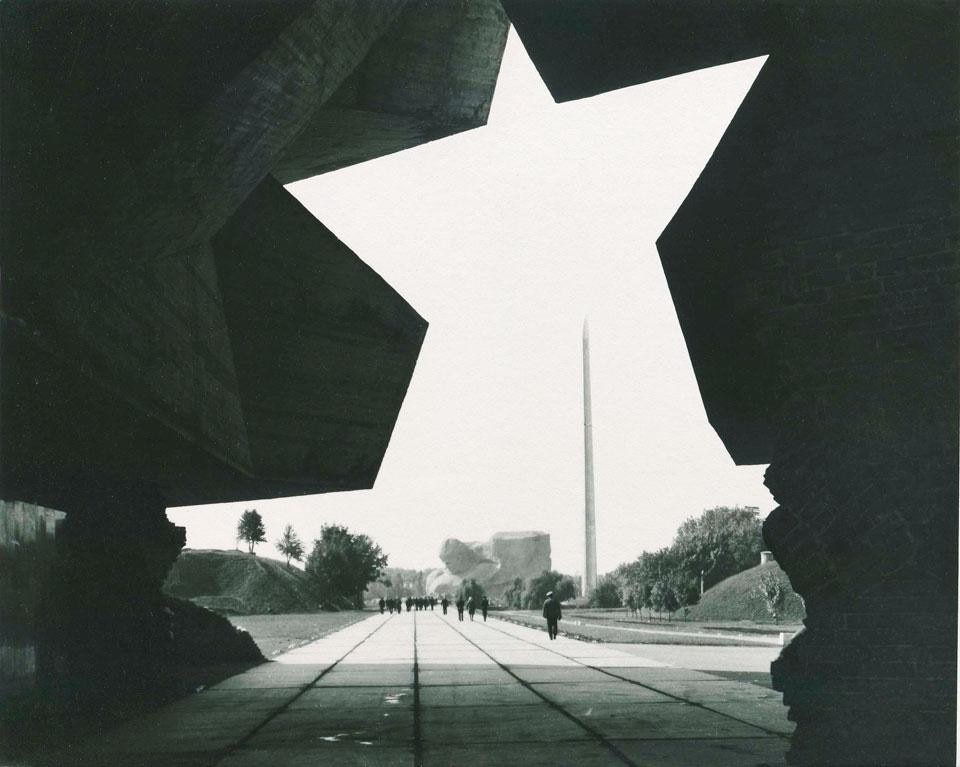It is absolutely recommended to listen to the interviews with local architects and town planners displayed on some screens in the exhibition, designed by Six & Petritsch in a very simple manner. The show presents an overview on the second modernism behind the iron curtain after the Second World War, from 1955 – 1991. A selection of buildings from fourteen different countries, all republics of the former USSR, is shown distributed in panels — one for each country. With full awareness Russia was left out, as it would simply have gone beyond the scope, and making it easier to concentrate on the fourteen other republics. Each of them developed its specific strategy of dealing with the Gosstroy, the highest building authority, allowing architects and project institutes to create their regional form of "Soviet Modernism".
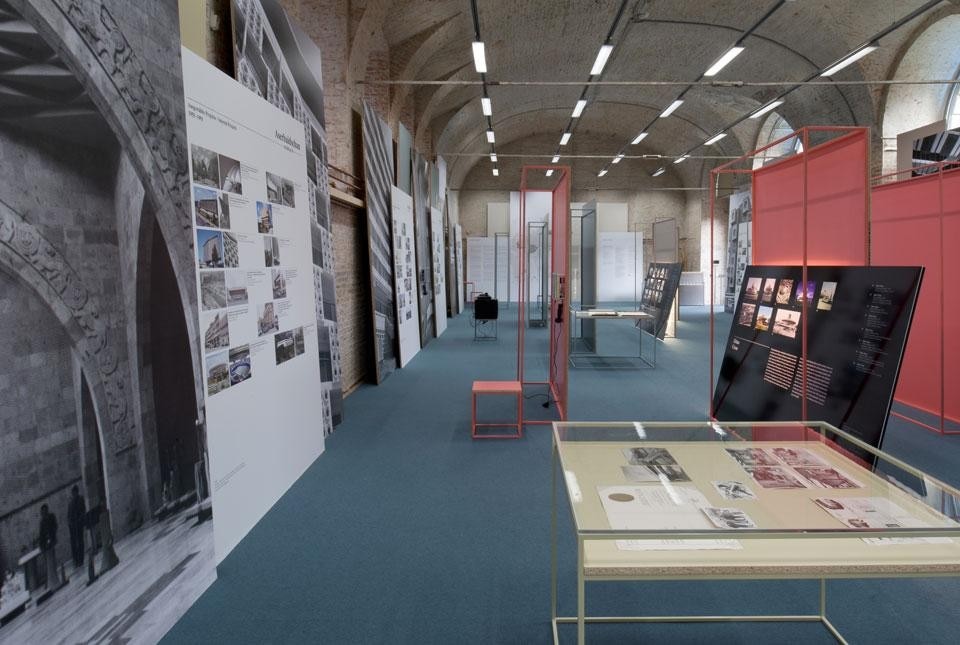
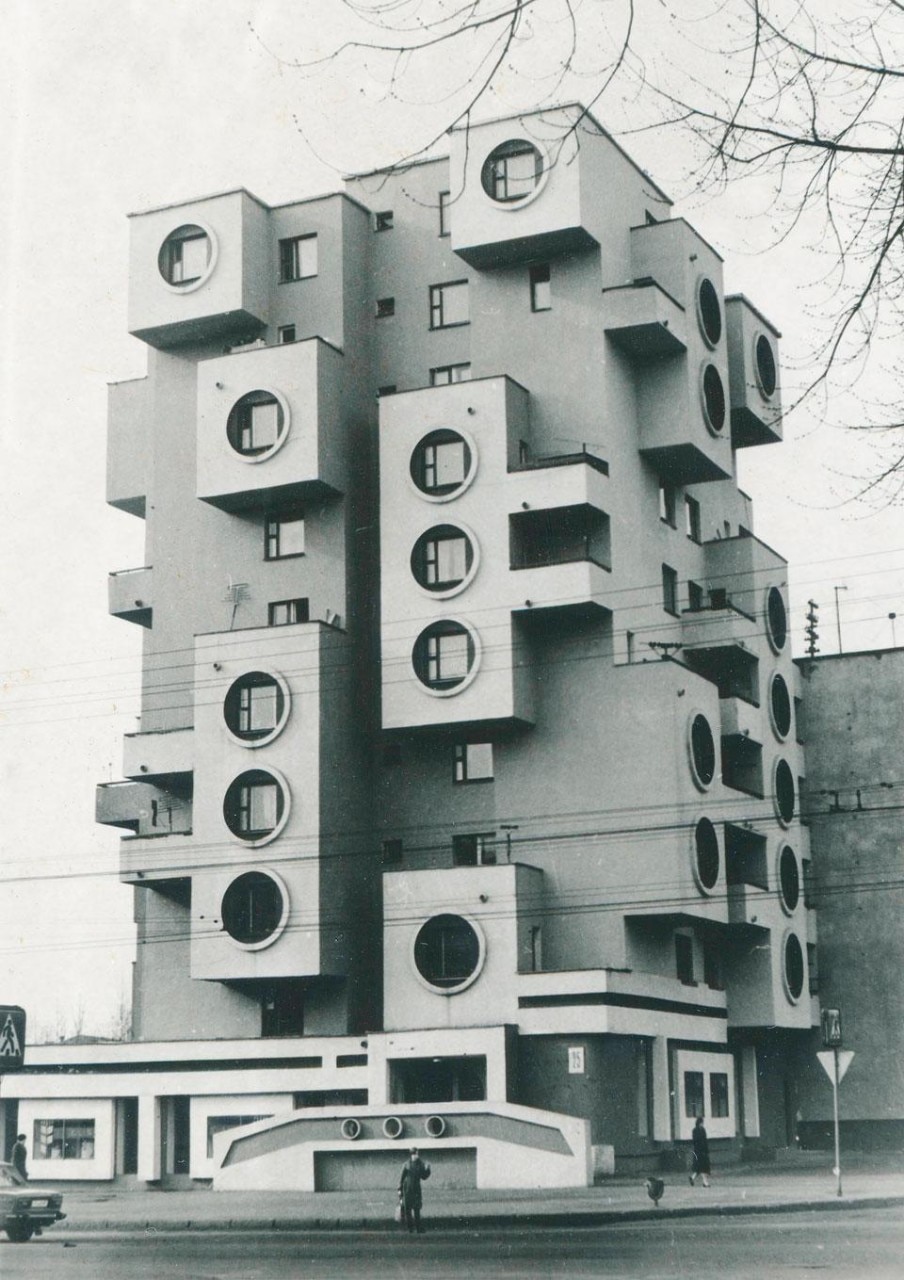
Each of these fourteen republics developed its specific strategy of dealing with the Gosstroy, allowing architects and project institutes to create their regional form of Soviet Modernism
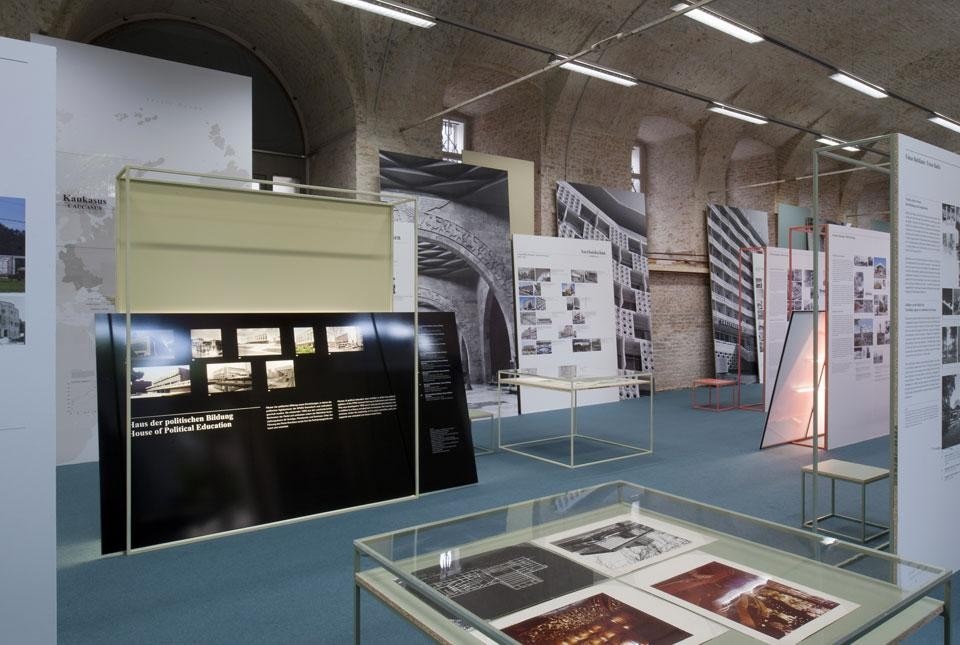
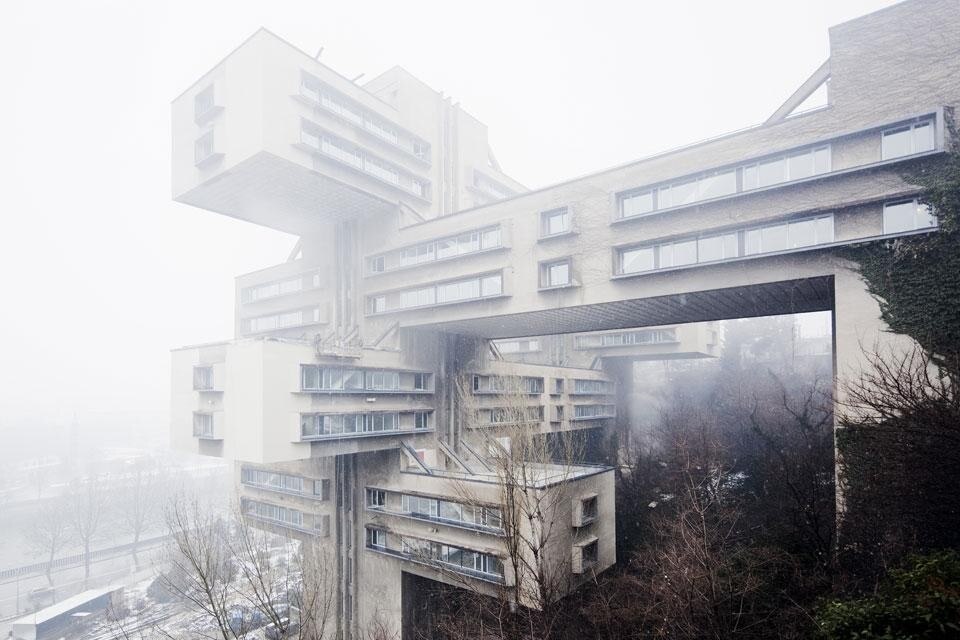
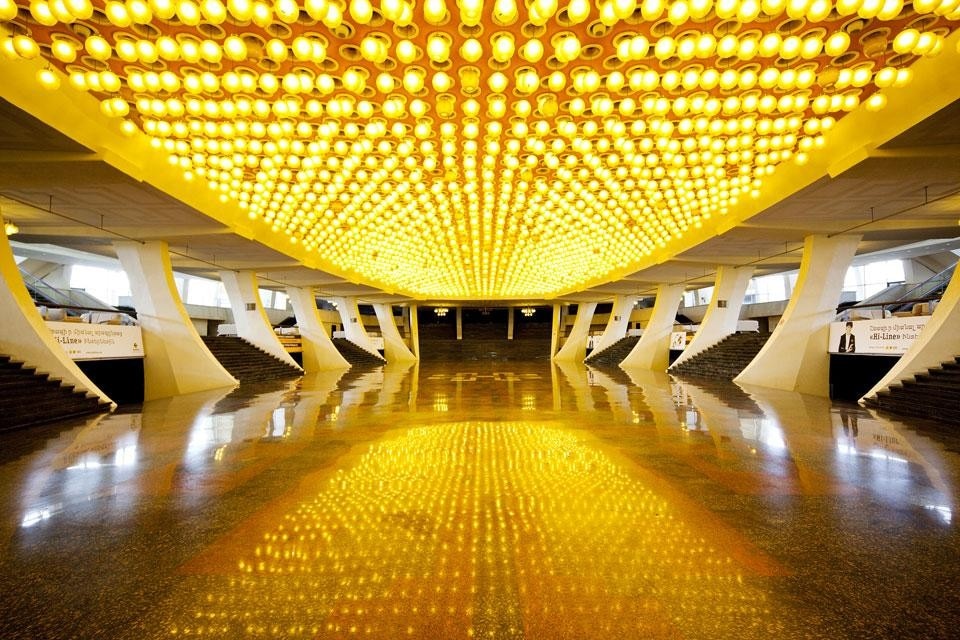
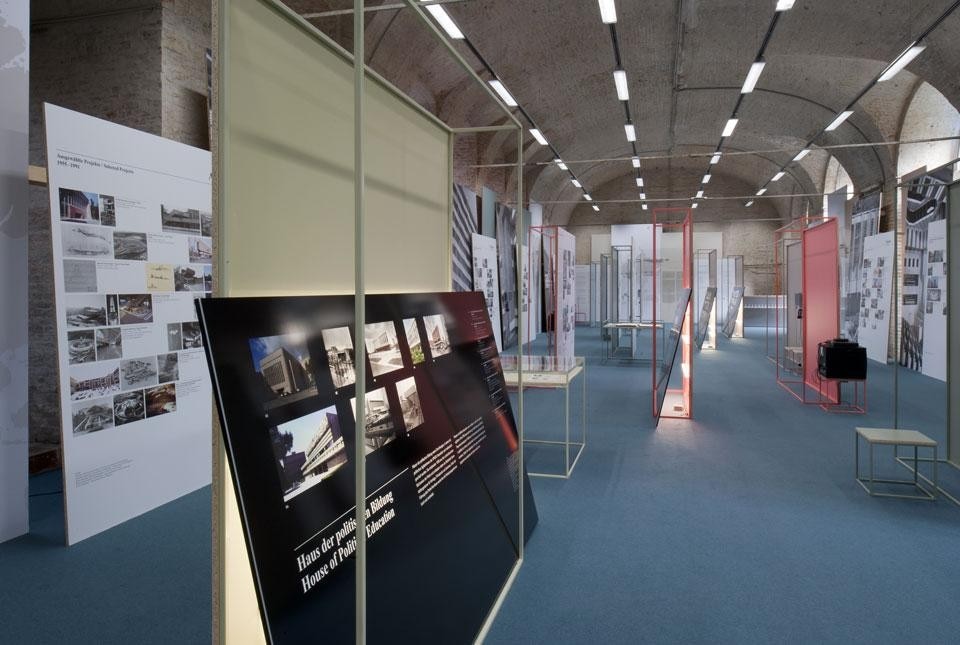
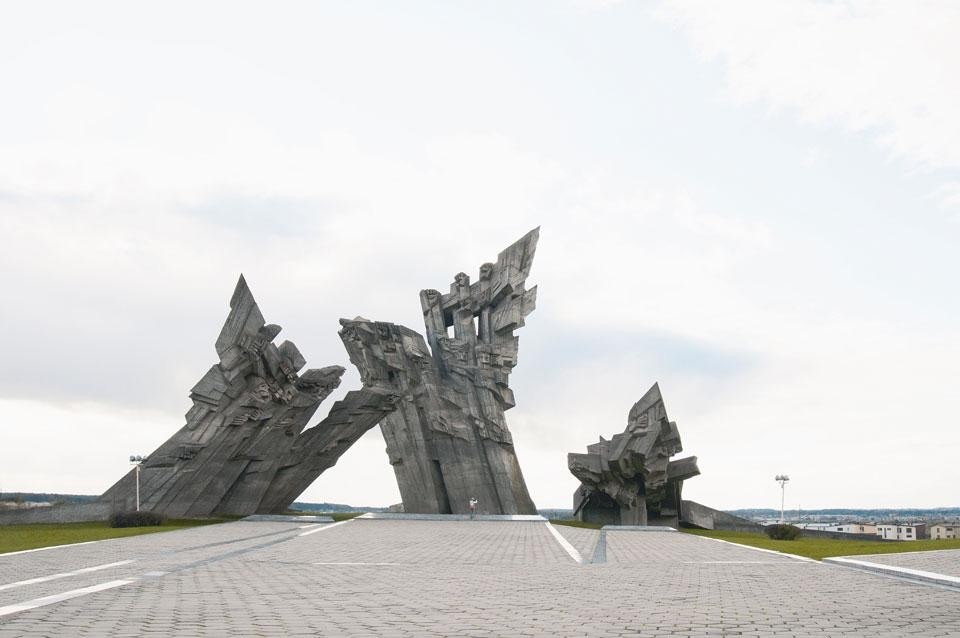
Soviet Modernism 1955-1991. Unknown Stories
Architekturzentrum Wien
Museumsplatz 1, Vienna


